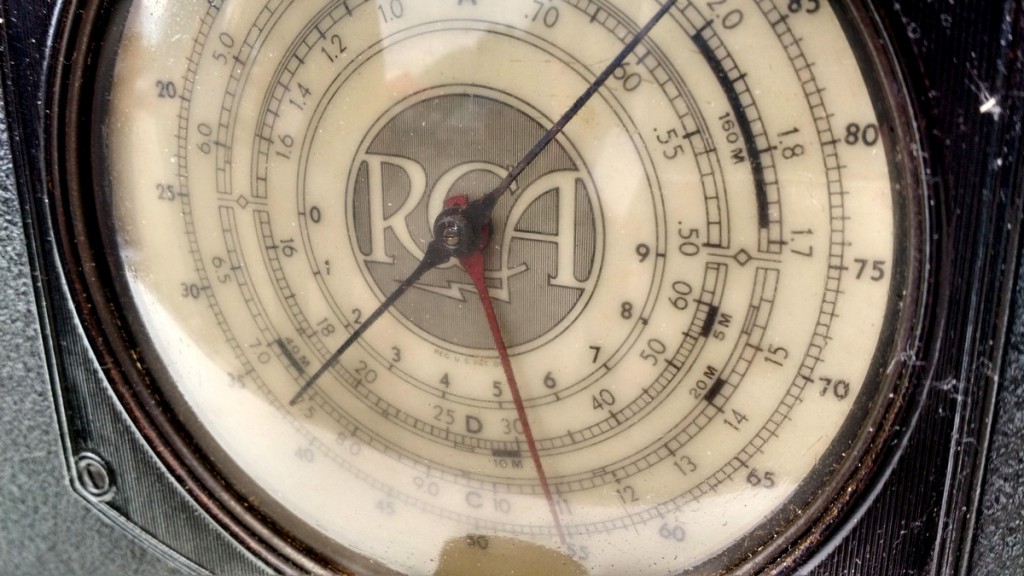Many thanks to Dan Greenall, one of our dedicated Shortwave Radio Audio Archive contributors, who shares the following guest post:
Clear channel BCB stations – My Introduction to the world of DXing
by Dan Greenall
Sometime in the mid 1960’s, I acquired a Japanese made AM only transistor radio similar to the one pictured.
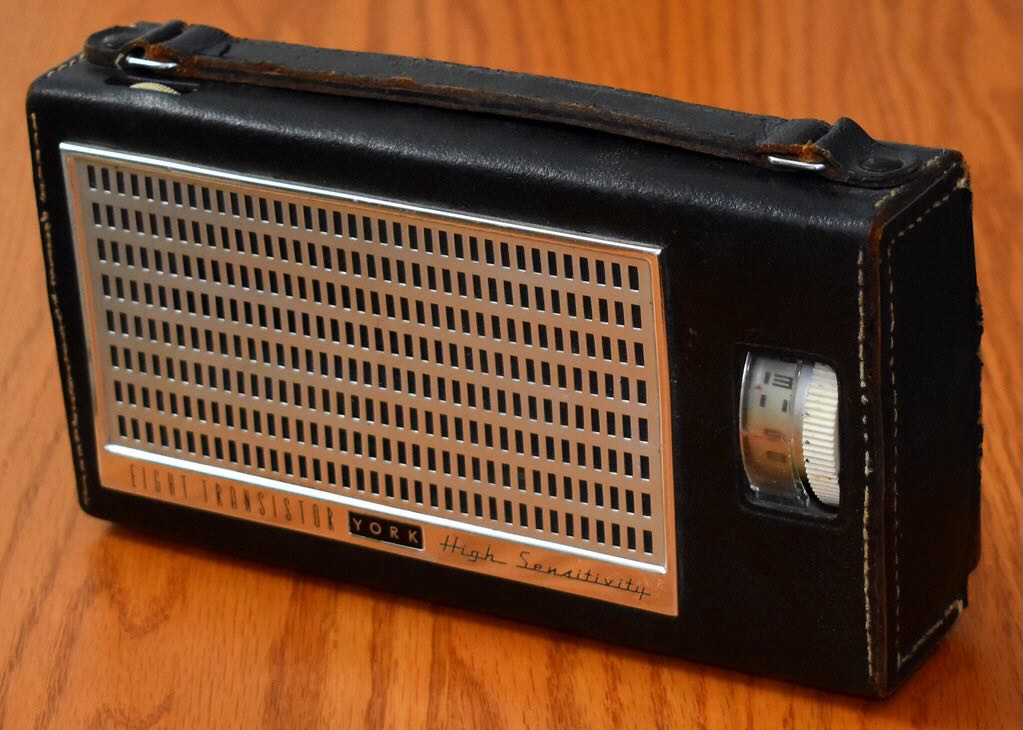 I was entering my teenage years and living in southern Ontario, Canada in relative proximity to the U.S. border, and was immediately fascinated that I could receive American stations from places such as Buffalo and Rochester NY as well as Detroit MI with amazing clarity.
I was entering my teenage years and living in southern Ontario, Canada in relative proximity to the U.S. border, and was immediately fascinated that I could receive American stations from places such as Buffalo and Rochester NY as well as Detroit MI with amazing clarity.
Before long, I discovered that signals from much further afield would begin to come through at dusk and throughout the night time hours. Although I was unaware at the time, many of these would be from so-called “clear channel” stations, those operating on frequencies with the highest level of protection from interference from other stations.
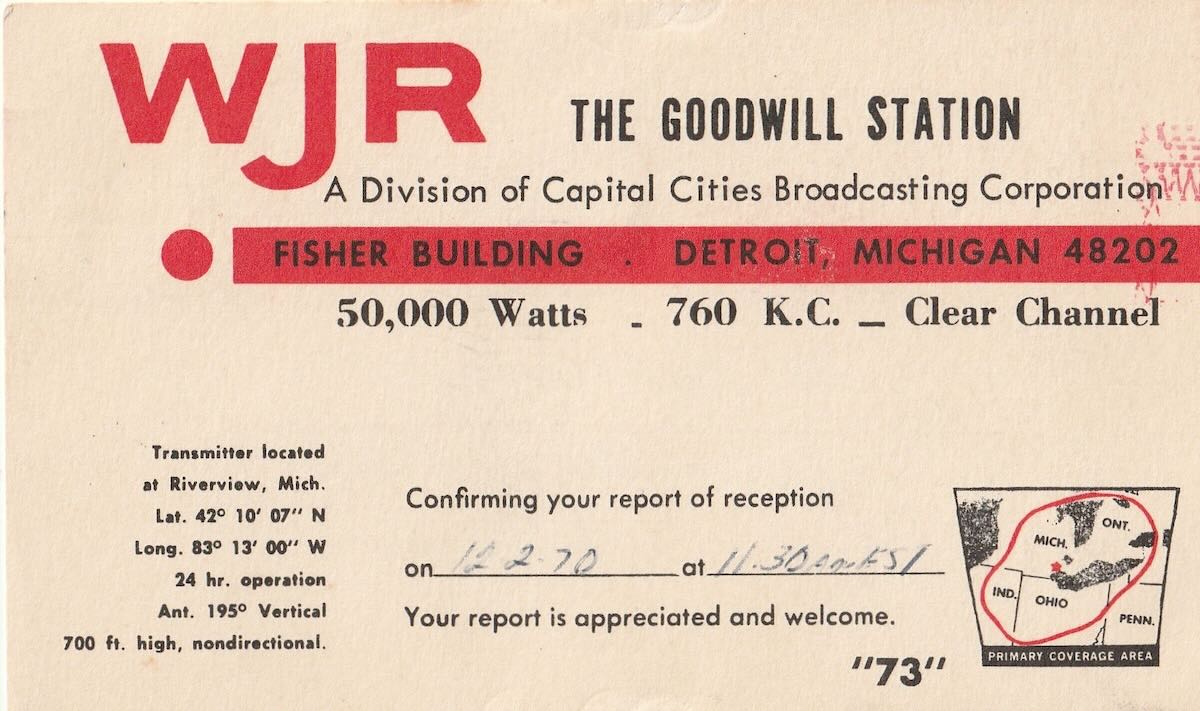 In addition, many of these stations ran a full 50 kw of power. Signals from the Atlantic seaboard to the Midwest could often be heard at near local strength if I turned my radio to just the right angle. At this point, I was beginning to learn about the directional properties of the built-in ferrite rod antenna. It gave me great pleasure to be able to listen to their local ads, newscasts, or a far away sporting event from the comfort of my home.
In addition, many of these stations ran a full 50 kw of power. Signals from the Atlantic seaboard to the Midwest could often be heard at near local strength if I turned my radio to just the right angle. At this point, I was beginning to learn about the directional properties of the built-in ferrite rod antenna. It gave me great pleasure to be able to listen to their local ads, newscasts, or a far away sporting event from the comfort of my home.
I recall listening regularly to WOWO in Fort Wayne IN on 1190 for their play by play announcements of the Fort Wayne Komets hockey games. Then there was a station identifying as WFAA in Dallas. That was back when they shared 820 kHz with WBAP whose famous cowbell you can hear in one of the audio clips below.
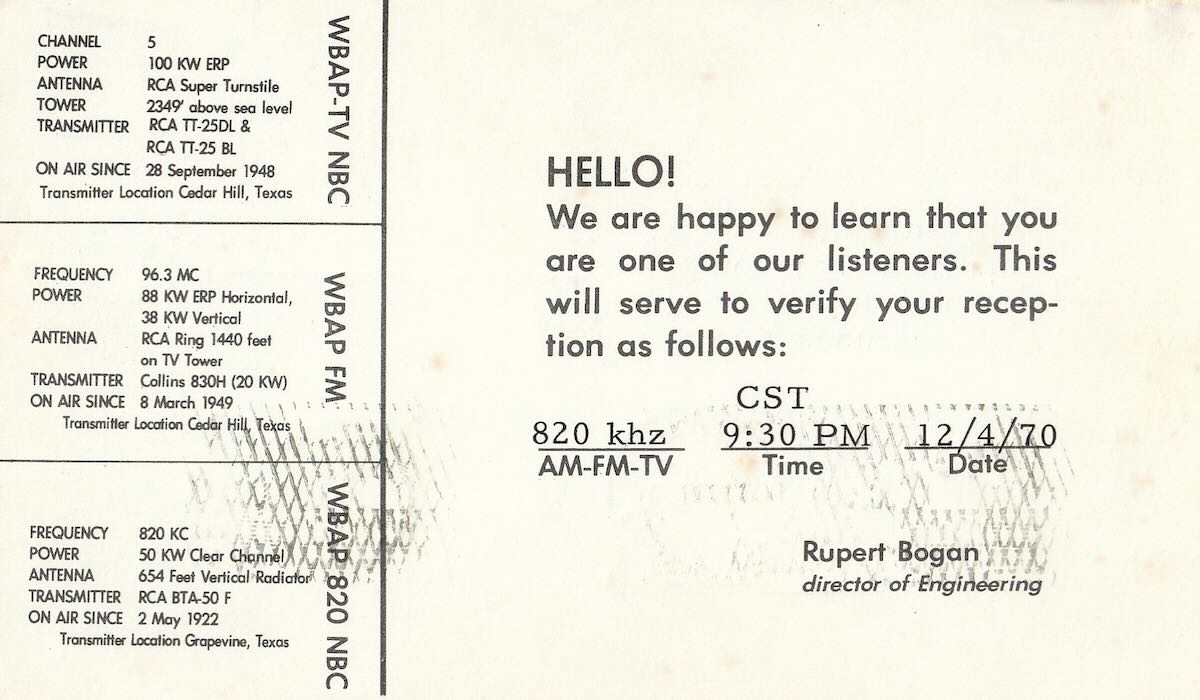 By the end of 1969, a friend of mine had encouraged me to try shortwave, and I “borrowed” my parents Philips kitchen radio for a few months, but that is another story. I wonder how many others got “hooked” in this manner?
By the end of 1969, a friend of mine had encouraged me to try shortwave, and I “borrowed” my parents Philips kitchen radio for a few months, but that is another story. I wonder how many others got “hooked” in this manner?
A few brief recordings of clear channel stations that I made in the early 1970’s are presented here. Many, but not all, of the stations heard in the last two links are from clear channel stations. Reception for these recordings was made using a Realistic DX150A or a Hallicrafters S-52 receiver hooked up to an outdoor long wire antenna.
KFI Circa 1971:
WOAI Circa 1973
KSTP Circa 1970s:
Vintage AM Radio Airchecks 1973:
Vintage AM Radio Airchecks 1973 Part 2:
As a sidebar, the National Radio Club has put out a number of books showing the daytime/nighttime directional antenna patterns of AM broadcasting stations in the USA and Canada.
I gave up my copy from 1973 a number of years ago, but you can find this one and others online. I found this very useful.
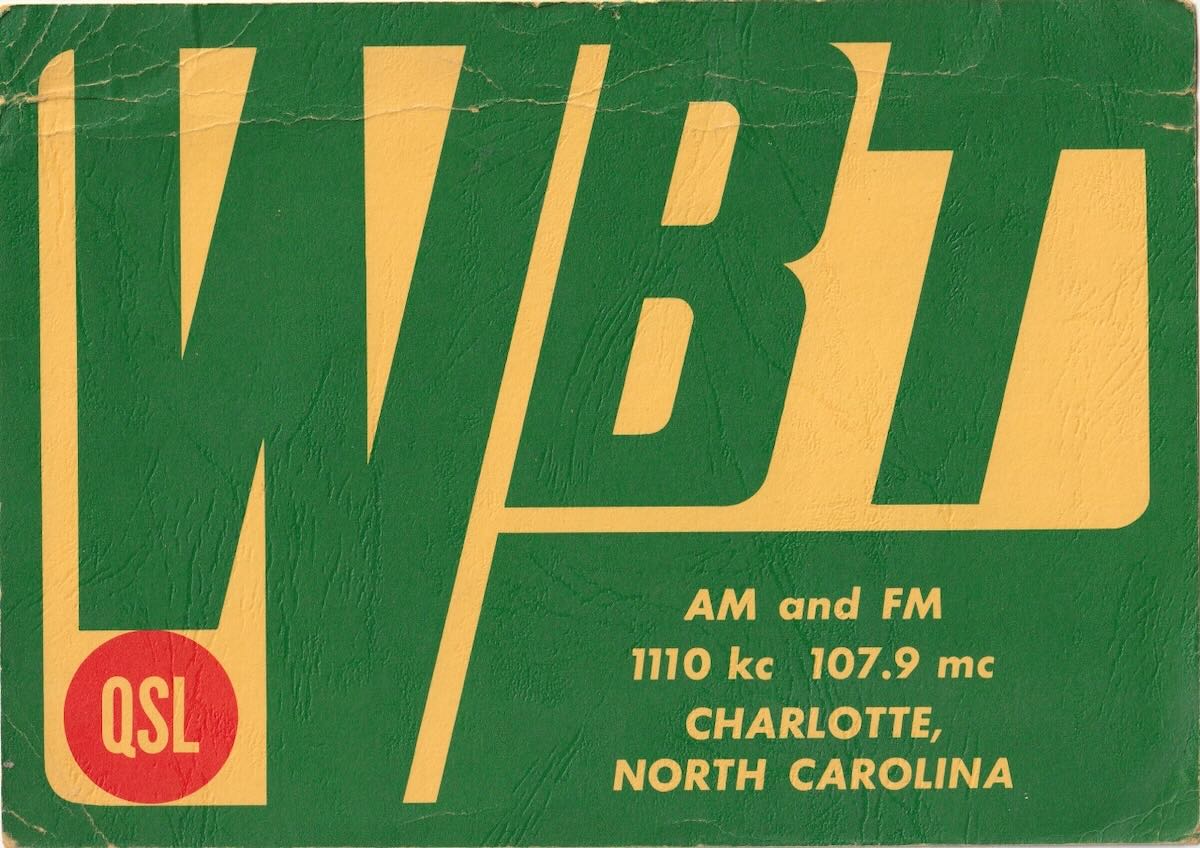 For example, it is easy to see why I was more likely to hear WBT Charlotte NC on 1110 kHz from my listening post in southern Ontario, Canada, rather than KFAB Omaha, NE.
For example, it is easy to see why I was more likely to hear WBT Charlotte NC on 1110 kHz from my listening post in southern Ontario, Canada, rather than KFAB Omaha, NE.
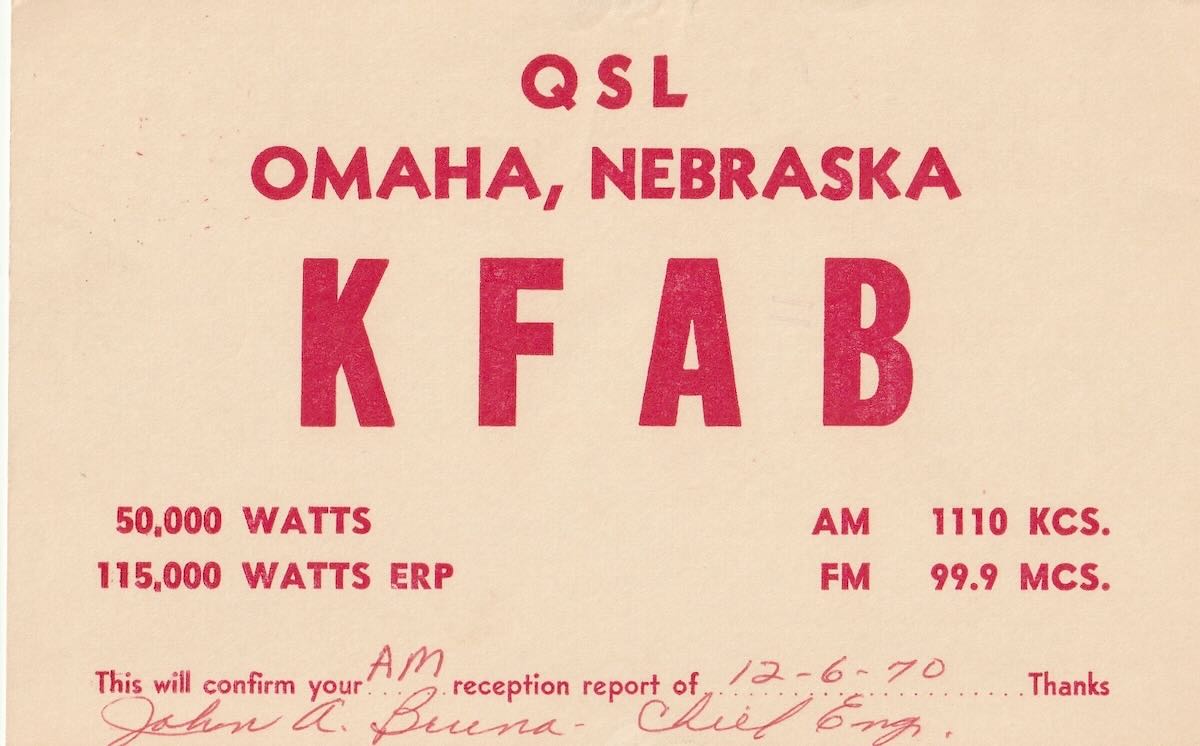 The links below will take you to the 1973, 1975 and 2018 versions of these books.
The links below will take you to the 1973, 1975 and 2018 versions of these books.
https://www.worldradiohistory.com/Archive-Radio-Logbooks/NRC_Logs/NRC-Pattern-Book-First-1973.pdf
https://www.worldradiohistory.com/Archive-Radio-Logbooks/NRC_Logs/NRC-Pattern-Book-8th-2018.pdf

